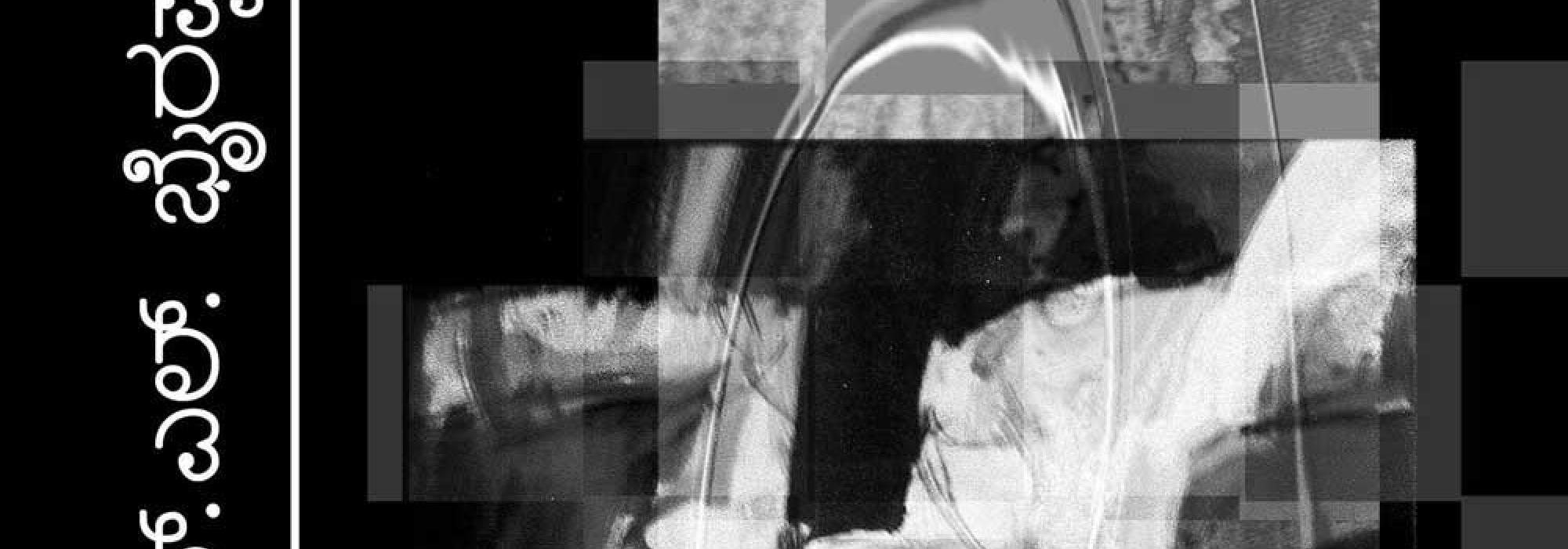Introduction
In the corpus of Dr. S.L. Bhyrappa’s twenty-three novels, seven stand out as Himalayan peaks in the order of their publication: Vamsha Vruksha, Daatu, Parva, Sakshi, Tantu, Sartha and Mandra. Of these, two share a basic and apparent similarity in the sense that they are the fine artistic and literary specimens of Dr. Bhyrappa’s profound meditations over nearly half a lifetime. These are Sakshi (1986) and Mandra (2002).
It is pertinent to recall Dr. Bhyrappa’s own words that although he himself doesn’t practice Vedic traditions and Karmas, he has trained himself in the art and process of contemplating precisely on those tenets that the Vedas tell us to inculcate and apply in our lives. Both Sakshi and Mandra offer us a magnificent exposition of such contemplations.
Explorations in Philosophy and (Indian classical) Music continue to remain Dr. Bhyrappa’s most treasured and lifelong pursuits. Sakshi is a grand culmination of the former and Mandra, the latter.
In Sakshi (which the author himself says is a philosophical novel, dear to his heart) Dr. Bhyrappa touches the upper reaches of profound philosophy and dives into the oceanic depths of fundamental questions of life, death, values, morals, ethics and the Human Condition and paints a grand harlequin of symbolism, myth, murk, and cruelty.
Mandra: An Overview
In Mandra, he accomplishes the same feat with equal if not greater aplomb and chutzpah. Speaking in strictly relative terms, the feat is greater because the artistic challenge is also greater in Mandra given that the backdrop is Indian (Hindustani) Classical Music.
Mandra, the novel, is an absorbing literary Hindustani Classical Concert performed by a consummate artist at the peak of his creative powers. Mandra is also the organically ripened fruit of Dr. Bhyrappa’s lifelong and intimate tryst with music in all its dimensions—theory, performance, aesthetics and philosophy. His early novels like Jalapata show a glimpse of his musical insights, which become more pronounced and nuanced in Tantu. In Mandra it reveals its Vishwaroopam, a Grand Revelation akin to the Divine.
It is also a tragic commentary on the present state of the artistic and literary world that Mandra hasn’t received the recognition which is its rightful due. The tragedy becomes more acute and highly pronounced when we observe that mentally colonized and far inferior talents like Salman Rushdie (The Ground Beneath her Feet) and Vikram Seth’s (An Equal Music) ostentatious displays of (western classical) musical research masquerading as creative literature continue to attract global renown, not to mention money. The condition of the literary critics is even worse given the fact that even the notion of what is known as Shuddha Kala (rough translation: pure or classical art) is almost completely absent in the Western world; thankfully, it is still surviving in bits and pieces in India.
Mandra is also the melodious and creative fulfilment of Dr. Bhyrappa’s abandoned DLitt thesis on the interplay of relationships between art, artist, emotion, morals, ethics, values, and society. Without question, the best and the most comprehensive exposition and profound critique of Mandra is Shatavadhani Dr. R Ganesh’s masterly (Kannada) essay, Mandra: Kathanatantra mattu Bhashaashilpa (Mandra: Craft of Plot and Sculpture of Language). A representative passage from his critique should suffice for the purposes of the present essay.
No matter how many rules the intellect frames, life is predominantly directed and controlled by emotion…Therefore, one has to invariably understand life or art through situations, and not formulas or rules. The raw material for art is derived from life…what we have in ‘Mandra’ is the friction and conflict between two Purusharthas; that of Kama [sexual desire in this context] whose exalted form is beauty, and Dharma which is established on the strength of ethics and morals.
[…]
Even the most talented artist will face troubles due to the interplay of the forces of Raga [desire; greed] and Dwesha [jealousy; enmity]. For the duration of creating his or her art, these negative impulses will be suspended within the active consciousness of the talented artist…at other times, he/she will be just like everybody else. The artist has to keep this factor in mind at all times and try to implement in their own lives the state of unselfishness and serenity that they experience while creating their art.
One finds a parallel of sorts for this in Ralph Waldo Emerson when he sounds a warning to the artist that the lofty or noble art that he creates does not teach him to lie, cheat, swindle, be petty or behave immorally. To borrow a line from Mandra itself, the eternal contradiction between art and the artist is couched in the words of Bhosle’s character: “When I savour the art it gives me the experience of entering Heaven. When I see the inner workings of the artist, there is something else. Why is this contradiction?”
To be continued















































